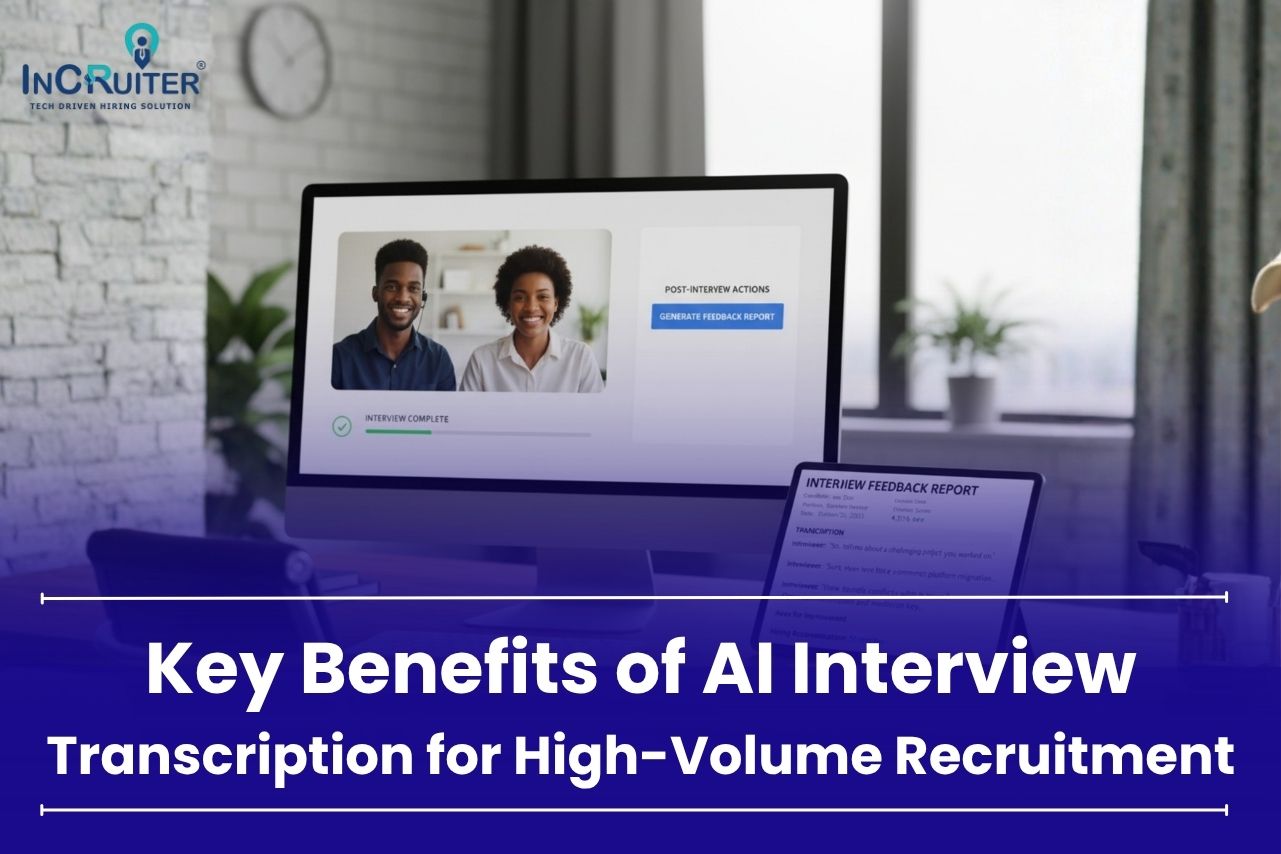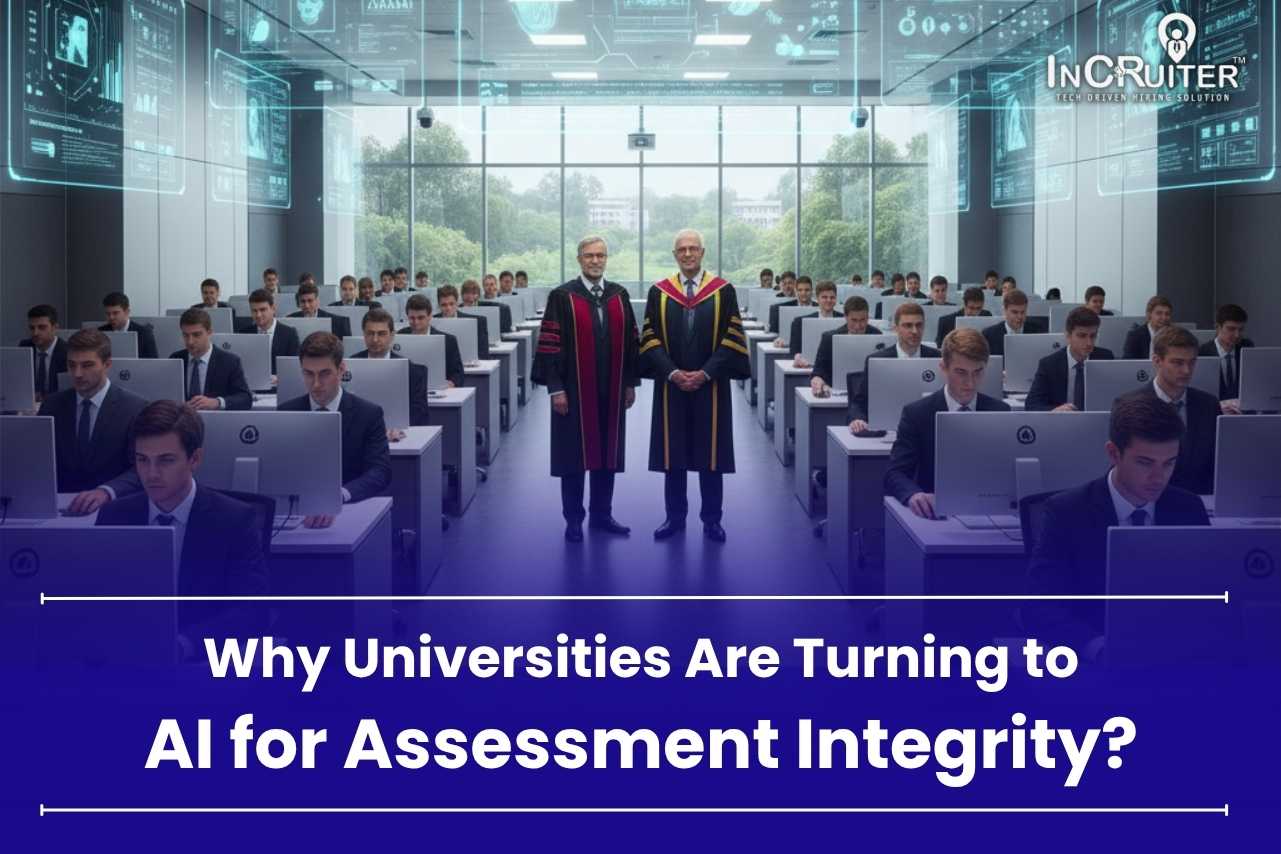Imagine a bustling coffee shop. You have always wanted to go here. Finally, you manage to get a seat, even during the rush hour. This coffee shop uses a modern sales system to take orders. When it’s your turn, you seem confused, and they move on to another customer while you think. Now, replace the scenario with the hiring process and the applicant tracking system with the barista’s modern sales system. Even if you are the right candidate, you must ensure the applicant tracking system recognizes you as one.
Today, almost 99% of Fortune 500 companies use applicant tracking systems, with small and medium businesses joining the bandwagon. So, how can you use it to shape your job search? All the secrets coming right up!
Understanding Applicant Tracking System

Before we jump into the tricks of optimizing your job search as per the applicant tracking system, let’s understand a bit more about it.
Think of applicant tracking systems as the digital gatekeepers in the job market. They scan, filter, and manage the applications to make the hiring process seamless for employers. So, you want to ensure that when it scans and filters the applicants, you make the cut.
How do Applicant Tracking Systems work?
InCruiter applicant tracking systems work through a series of automated steps to manage and screen job applications. Take a look!
Resume Parsing
InCruiter applicant tracking system starts by analyzing and extracting information from resumes and job applications. It includes text, contact details, work history, education, skills, and other relevant data that are necessary for the job in question.
Stores The Data
The analyzed data is then stored in a structured format within a database as it becomes easier for the employer to search and retrieve information when needed.
Keyword Matching
What ATS does is that it makes use of a set of predefined keywords provided by employers. This is compared against the extracted resume data. So, when the resumes contain relevant keywords, they meet certain criteria and are ranked higher.
Applicant Ranking
Based on keyword matching and other criteria set by the recruiters, the ATS ranks applicants. So, the applicants who are the closest match to the job requirements are ranked higher and may move on to the next stage of the hiring process.
Screening Questions
Some ATS systems allow employers to include screening questions that applicants must answer during the application process. Offering the relevant answers to these questions can further influence an applicant’s ranking.
Communication
The applicant tracking system can also help with proper communication between employers and applicants. It may send out automated emails or even request additional information that the employer wants.
Interview Scheduling
Some applicant tracking systems may also help you in interview scheduling. It allows employers to coordinate interviews with selected candidates directly through the platform.
Also Read: Top 5 Reasons to Use Applicant Tracking System for Hiring
Resume Formatting for Applicant Tracking Systems

Tweaking your resume while keeping the applicant tracking system in mind is the trick to getting your application notice. So, what can you do? Well, stick to a clean, simple format.
Instead of going with something unique, opt for standard fonts like Arial or Times New Roman. This avoids compatibility issues. You must try to bring out the creativity in your resume while keeping ATS in mind.
Organize your content with clear headings. For example, divide each section with Work Experience, Education, Skills, etc. Again, do go for something overly fancy for the headings. Make sure the system can understand the same.
Avoid fancy graphics, images, or complex tables that can confuse ATS. Use bullet points for listing accomplishments, and keep sentences concise.
Don’t overuse special characters, symbols, or unusual formatting. Save your resume in a format that’s usually preferred by ATS. It can be a Word document or plain text file. Finally and most importantly, proofread your resume. It must be accurate and consistent. This ensures you are chosen during the ATS screening.
Also Read: Ever-growing demand for interview-as-a-service market post-pandemic
Beyond Keywords: Other Applicant Tracking System Considerations
While keywords are extremely crucial, other ATS considerations significantly impact your job application’s success. Take a look!
- Provide a complete and error-free resume.
- Make sure there are no typos or any missing information.
- Always customize your resume for each job application.
- Don’t underestimate the value of a well-crafted cover letter. In fact, some ATS systems also analyze these.
- Networking and referrals can help bypass ATS entirely.
- While ATS is essential, don’t overlook the importance of creating a compelling application that appeals to both machines and the hiring team for the best results.
Summing Up
We live in a tech-centric era with modern recruitment practices. So, if you want to stand out, it is essential to curate a resume keeping them in mind. ATS may seem like a barrier that’s difficult to bypass, but in reality, it is perfect for both employers and candidates as it makes recruitment especially easy. In fact, it shortens the hiring cycle by 60%. All you have to do is include the right keywords and optimize your resume to get a callback. But remember, ATS is just an aspect of the entire process. Be well-prepared to ace the job interview!
Don’t Miss Out: It’s Time To Use The Power Of Applicant Tracking System Today! Schedule a Demo



















